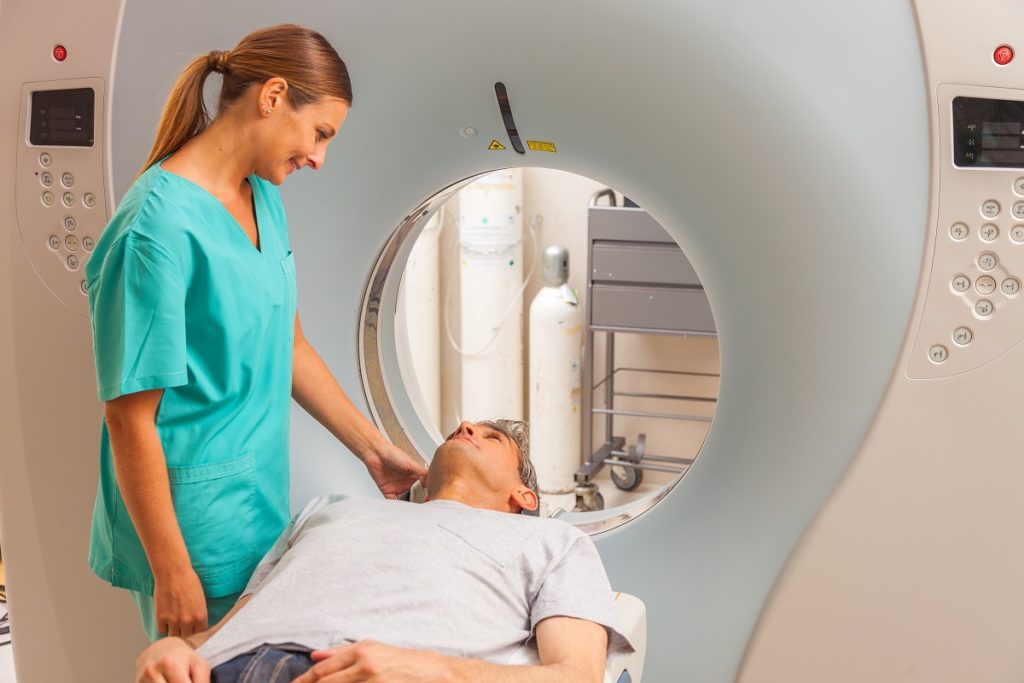The first step in diagnosing any health condition is by going to a doctor and enumerating the person’s symptoms. Most medical professionals will tell their patients to avoid looking up their symptoms online because self-diagnosis can often create unnecessary fear that is overwhelming.
As such, seeking professional help once something is out of the ordinary is the responsible thing to do. However, doctors are not magicians who can conjure a diagnosis out of thin air after hearing the symptoms. They might have an inkling of what the diagnosis can be, but they will still need evidence-based results to create a definite diagnosis for a specific condition.
To do that, they will need to see beyond what is visible to the naked eye. Fortunately, advancements in medical technology have made it possible to look inside the person through diagnostic imaging. A few examples of this technique include x-rays, magnetic resonance imaging (MRI), or computed tomography (CT) scans.
Among all these techniques, CT scans are more widely used because they cost less and can provide enough reliable visuals to diagnose a condition. In cases where both x-ray and CT scans cannot provide clear or detailed imaging of the soft tissues, an MRI can be ordered by the doctor.
What are CT Scans?
As mentioned, computed tomography or CT scans are used to diagnose internal conditions. This can include detecting bone fractures, joint tumors, cancers, internal bleeding, and blood clots, to name a few. It uses x-ray beams and a computer to conjure an image of the patient’s soft tissues and bones.
In essence, CT scans provide details at a much higher level compared to x-rays alone, which is why it’s the preferred diagnostic imaging technique by most medical professionals. It can be used on any part of the body, and it provides accurate imaging through a painless procedure that can last anywhere from a few minutes to half an hour, depending on what is being scanned.
How does a CT Machine Function?

Most CT machines are shaped like a donut, wherein the patient lies on a table situated in the donut hole. The machine itself can appear especially daunting to first-timers because of its size and built, which is why many patients experience anxiety or claustrophobia before doing the procedure.
Once the procedure starts, the table will slowly move through the scanner to allow the x-rays to rotate around the patient’s body. Patients will also need to lay still for the duration of the procedure so that the x-rays can get a clear picture because any movement will result in a blurry image.
On some occasions, contrast media can easily distinguish healthy and unhealthy soft tissues because they may appear faint on the computer. This contrast dye, such as Isovue or iopamidol, can be directly injected into the vein to help the blood vessels and other organs to stand out in the resulting image.
Why You Shouldn’t Be Afraid of Getting a CT Scan
CT scans are perfectly safe procedures that can help doctors easily identify what’s wrong in your body. Although studies indicate that exposure to ionizing radiation can cause fatal cancer, the odds are very good because it only happens to 1 in 2,000 cases.
Some people may have mild allergic reactions to the contrast dyes, leading to itchiness or rashes that usually go away after some time. But that’s also the reason why after a CT scan, patients need to consume lots of liquids to assist their kidneys in excreting the dye from their bodies.
There are plenty of reasons why you shouldn’t be afraid of getting CT scanned when your doctor recommends it, and one of those is that it can be more frightening to forego the procedure altogether. Without a clear picture of your internal organs, your doctors might fail to treat the more urgent matter and leave you with a debilitating condition.
Of course, there are certain exceptions to the rule, such as pregnant women who can’t be exposed to the radiation or diabetic patients taking metformin because there can be complications to their kidneys. In such cases, alternative techniques like ultrasounds might be used, or the doctor can prescribe the withholding of the medication.
It’s understandable if you’re hesitant to undergo a CT scan procedure because you don’t know what it does or how it can help your current condition. But there are certain situations where it really is a matter of life and death. So, if you value your life, then it won’t hurt to educate yourself about basic medical procedures such as CT scans.

